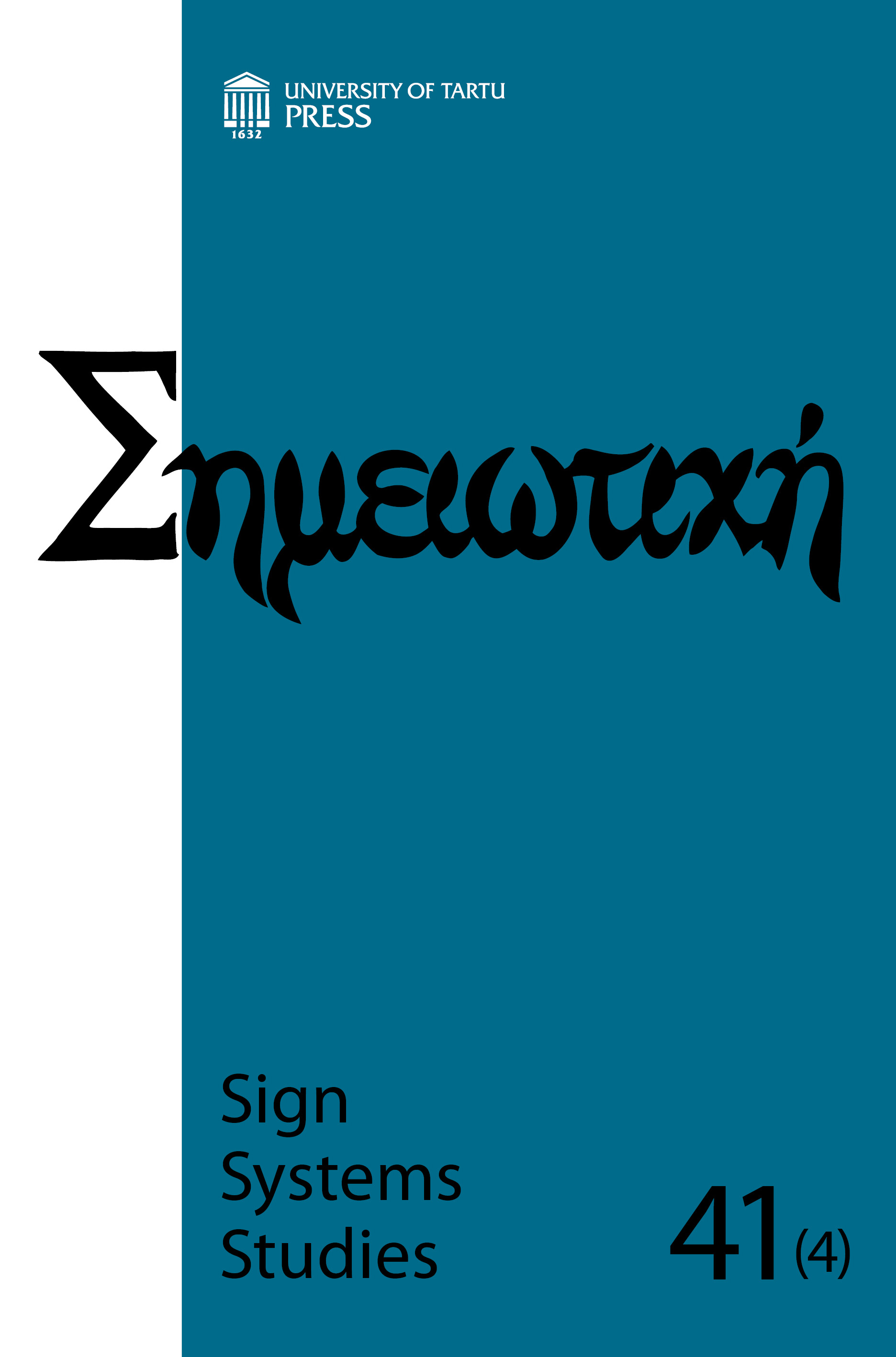Peircean semiotics in the context of design praxis: Abduction and perception in dialogue
DOI:
https://doi.org/10.12697/SSS.2013.41.4.03Keywords:
Peircean semiotics, abduction, perception, design innovationAbstract
This paper discusses design process as a creative activity along with conceptual correlations of the semiotics developed by Charles Sanders Peirce. The central aim of this paper is to examine one of the most important concepts in Peirce’s theory related to design praxis: the concept of abduction. Abduction is the driving force behind creation and a way of producing new ideas. Peirce’s original concept is fundamental in order to maintain constant commitment to innovation required by design. To transmit messages in a creative way it is more efficient to intensely work with associations by similarity in order to obtain signs rich in information and analogies. Design communicates by all its constituent elements: shape, function, colour, material, technique, technology, etc. Therefore, signs of design share peculiar values of artistic signs as well as those of communicative ones. The associated information is as much aesthetic (shape) as it is semantic (content). The appropriation of Peircean concepts contributes to the understanding of the creative process, which in turn is crucial for understanding new possibilities by means of design.Downloads
Download data is not yet available.
Downloads
Published
2013-12-17
How to Cite
Rampazzo Gambarato, R. (2013). Peircean semiotics in the context of design praxis: Abduction and perception in dialogue. Sign Systems Studies, 41(4), 424–432. https://doi.org/10.12697/SSS.2013.41.4.03
Issue
Section
Articles


